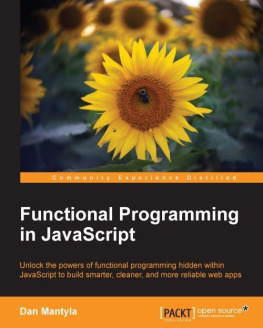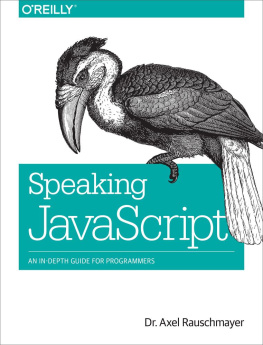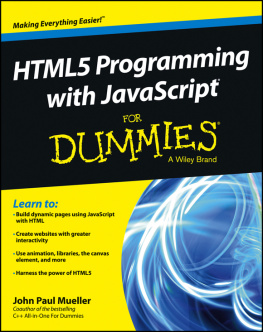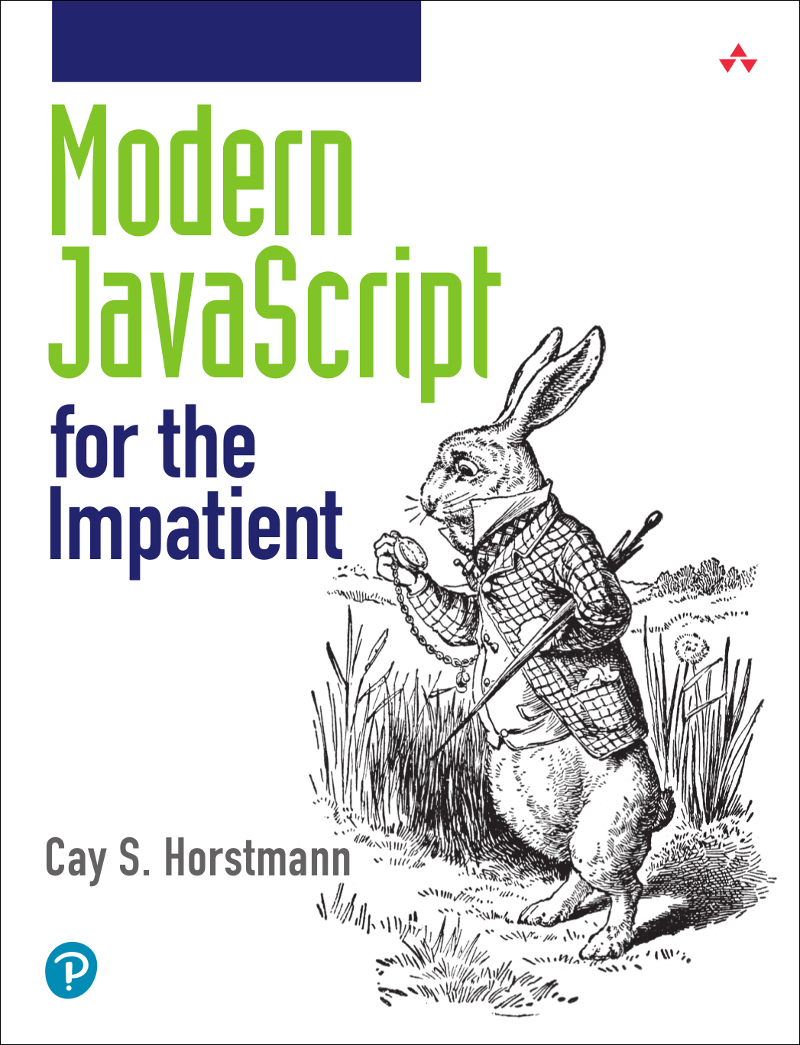ePUB is an open, industry-standard format for eBooks. However, support of ePUB and its many features varies across reading devices and applications. Use your device or app settings to customize the presentation to your liking. Settings that you can customize often include font, font size, single or double column, landscape or portrait mode, and figures that you can click or tap to enlarge. For additional information about the settings and features on your reading device or app, visit the device manufacturers Web site.
Many titles include programming code or configuration examples. To optimize the presentation of these elements, view the eBook in single-column, landscape mode and adjust the font size to the smallest setting. In addition to presenting code and configurations in the reflowable text format, we have included images of the code that mimic the presentation found in the print book; therefore, where the reflowable format may compromise the presentation of the code listing, you will see a Click here to view code image link. Click the link to view the print-fidelity code image. To return to the previous page viewed, click the Back button on your device or app.
Modern JavaScript for the Impatient
Cay S. Horstmann

Boston Columbus New York San Francisco Amsterdam Cape Town
Dubai London Madrid Milan Munich Paris Montreal Toronto Delhi Mexico City
So Paulo Sydney Hong Kong Seoul Singapore Taipei Tokyo
Many of the designations used by manufacturers and sellers to distinguish their products are claimed as trademarks. Where those designations appear in this book, and the publisher was aware of a trademark claim, the designations have been printed with initial capital letters or in all capitals.
The author and publisher have taken care in the preparation of this book, but make no expressed or implied warranty of any kind and assume no responsibility for errors or omissions. No liability is assumed for incidental or consequential damages in connection with or arising out of the use of the information or programs contained herein.
For information about buying this title in bulk quantities, or for special sales opportunities (which may include electronic versions; custom cover designs; and content particular to your business, training goals, marketing focus, or branding interests), please contact our corporate sales department at or (800) 382-3419.
For government sales inquiries, please contact .
For questions about sales outside the United States, please contact .
Visit us on the Web: informit.com/aw
Library of Congress Control Number: 2020934310
Copyright 2020 Pearson Education, Inc.
Cover illustration: Morphart Creation / Shutterstock
All rights reserved. This publication is protected by copyright, and permission must be obtained from the publisher prior to any prohibited reproduction, storage in a retrieval system, or transmission in any form or by any means, electronic, mechanical, photocopying, recording, or likewise. For information regarding permissions, request forms and the appropriate contacts within the Pearson Education Global Rights & Permissions Department, please visit www.pearson.com/permissions/.
ISBN-13: 978-0-13-650214-2
ISBN-10: 0-13-650214-8
ScoutAutomatedPrintCode
To Chithe most patient person in my life.
Preface
Experienced programmers familiar with languages such as Java, C#, C, and C++ often find themselves in a position where they need to work with JavaScript. User interfaces are increasingly web-based, and JavaScript is the lingua franca of the web browser. The Electron framework extends this capability to rich client applications, and there are multiple solutions for producing mobile JavaScript apps. Increasingly, JavaScript is used on the server side.
Many years ago, JavaScript was conceived as a language for programming in the small, with a feature set that can be confusing and error-prone for larger programs. However, current standardization efforts and tool offerings go far beyond those humble beginnings.
Unfortunately, it is difficult to learn modern JavaScript without getting bogged down with obsolete JavaScript. Most books, courses, and blog posts are focused on transitioning from older JavaScript versions, which is not helpful for migrants from other languages.
That is the issue that this book addresses. I assume that you, the reader, are a competent programmer who understands branches and loops, functions, data structures, and the basics of object-oriented programming. I explain how to be productive with modern JavaScript, with only parenthetical remarks about obsolete features. You will learn how to put modern JavaScript to use, while avoiding pitfalls from the past.
JavaScript may not be perfect, but it has shown itself to be well-suited for user interface programming and many server-side tasks. As Jeff Atwood said presciently: Any application that can be written in JavaScript, will eventually be written in JavaScript.
Work through this book, and learn how to produce the next version of your application in modern JavaScript!
Five Golden Rules
If you avoid a small number of classic features of JavaScript, you can greatly reduce the mental load of learning and using the language. These rules probably wont make sense to you right now, but I list them here for your future reference, and to reassure you that they are few in number.
Declare variables with let or const, not var.
Use strict mode.
Know your types and avoid automatic type conversion.
Understand prototypes, but use modern syntax for classes, constructors, and methods.
Dont use this outside constructors or methods.
And a meta-rule: Avoid the Watthose snippets of confusing JavaScript code followed by a sarcastic Wat?! Some people find delight in demonstrating the supposed awfulness of JavaScript by dissecting obscure code. I have never learned anything useful from going down that rabbit hole. For example, what is the benefit of knowing that 2 * ['21'] is 42 but 2 + ['40'] is not, if the golden rule #3 tells you not to mess with type conversions? In general, when I run into a confusing situation, I ask myself how to avoid it, not how to explain its gory but useless details.
The Learning Paths
When I wrote the book, I was trying to put information where you can find it when you need it. But thats not necessarily the right place when you read the book for the first time. To help you customize your learning path, I tag each chapter with an icon that indicates its basic level. Sections that are more advanced than the chapter default get their own icons. You should absolutely skip those sections until you are ready for them.
Here are the icons:
The impatient rabbit denotes a basic topic that even the most impatient reader should not skip.

Alice indicates an intermediate topic that most programmers want to understand, but perhaps not on first reading.




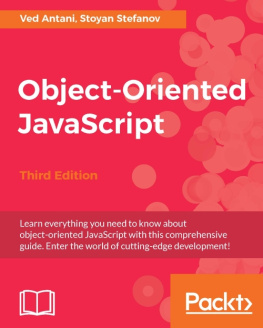
![Anto Aravinth [Anto Aravinth] - Beginning Functional JavaScript: Functional Programming with JavaScript Using EcmaScript 6](/uploads/posts/book/120482/thumbs/anto-aravinth-anto-aravinth-beginning.jpg)
